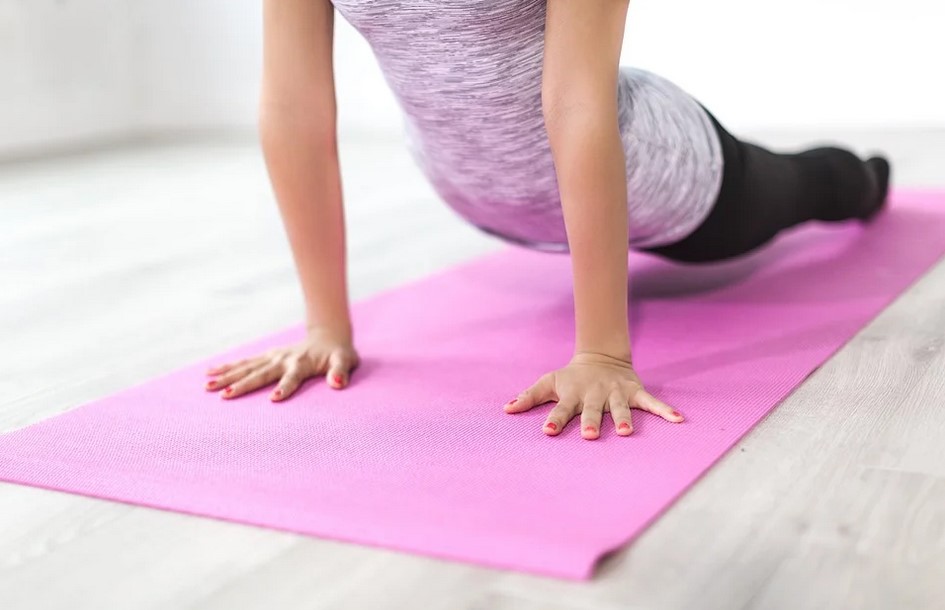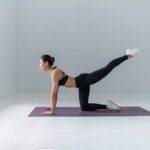When you start to look into your first yoga class, the one piece of equipment that is the most recommended is a yoga mat. As a particular piece of equipment that has a specific design for your stretches and poses, it’s one of the best things to have at your disposal.
With that said, not everyone agrees that a yoga mat is necessary, although it is incredibly convenient to have one.
Do I Need a Yoga Mat?
The primary purposes of a yoga mat are to give you added stability while moving and shield your body from the hardness of the floor. The perfect mat should enable you to hold your feet secure against the ground without slippage, especially as you won’t be wearing shoes.
Yoga mats are also a tremendous sanitary addition to yoga classes, especially if you’re participating in hot yoga. They can protect the floor from your sweat and are easy to wipe down with mild detergents.
What to Look For in a Yoga Mat
Now that you know why yoga mats are as essential as they are, let’s get into the most important details your perfect one should have. From materials to thickness, many features can help to make participating in a yoga class far more comfortable and enjoyable.
1. Materials
The materials used to make your yoga mat will affect its texture and stickiness, as well as its impact on the environment. There are plenty of materials used to make the equipment. However, some yogis prefer the feeling of specific materials over others.
You’ll find the vast majority of models are made from PVC, also known as vinyl. This is a simple plastic that can easily be sanitized and will hold steady over years and years of use. If you’re in the market for a more eco-friendly material, you can also find yoga mats made from organic cotton, recycled materials such as rubber, or natural rubber.
The stickier you want your mat to be, the more likely you’ll want to look into PVC. On the other hand, if you’re on the hunt for a thinner and less forgiving mat, organic cotton can be a great material to go for.
2. Thickness
Much like buying a mattress, the depth of your yoga mat can have a lot to do with the comfort you experience while participating in a class. Remember, your feet aren’t the only part of your body that will have pressure on the ground but also your hands and your knees.
Yoga mats are typically available in three sizes, which are 1/8”, 1/4”, and 1/16” thick. The 1/8” is the standard size, 1/4” is the most abundant, and 1/16” is recommended for travel yoga mats.
Beginner yogis will typically want to stick to standard thicknesses. Too much padding can take away from your stability, and too little padding can be very uncomfortable.
You’ll want to opt for easily portable designs that also fall within your sweet spot for comfort and to feel connected to the floor. Also, you will want to consider the type of floor you’d be practicing on. If you’re doing yoga at home on carpet, you can choose a thinner design than the one you’d use on a hard studio floor.
3. Texture
If you’ve ever felt a yoga mat before, you’re aware of how some have different textures that provide enhanced grip and ergonomics. The texture of your mat will have a lot to do with the type of yoga you prefer.
For example, a mat that is too bumpy is going to be challenging to use when doing savasana. You’ll want to make sure you opt for the most comfortable texture to prevent you from slipping on the floor, similar to when you take stickiness into account.
Tactile patterns are typically the best option for practitioners who want to feel more confident while performing all types of poses. While smoother surfaces are fantastic for people who have a little more experience under their belt and don’t require too much of a helping hand in terms of stability.
If you’re shopping for a yoga mat online, it’s a great idea to consider yoga mat reviews, such as this Jade Yoga Mat Review, to get an idea of what design is preferred by other yogis at the same experience level.
4. Stickiness
A lot of yogis focus on stickiness when it comes to choosing a yoga mat, and for a good reason. The stickiness will help you to feel more connected to the ground to prevent injury. The stickier your mat is, the better you will be able to maintain your alignment when under challenging poses, as well as when you’re shifting from one pose to another.
PVC mats are known for their high stickiness, which is why they are the most popular type you can get your hands on.
The most crucial tip for stickiness is to make sure you regularly clean your mat; otherwise, they will become slick and challenging to use. After every class, you should use a gentle yoga wash to enhance the texture of the mat and also ensure your hands and feet don’t slide while in a class.
Final Thoughts
Having a yoga mat is not only a necessity but also a giant convenience, especially if you are getting into yoga for the first time. With the numerous styles and textures to choose from, any yogi can find the perfect partner to bring with them to their upcoming class.











